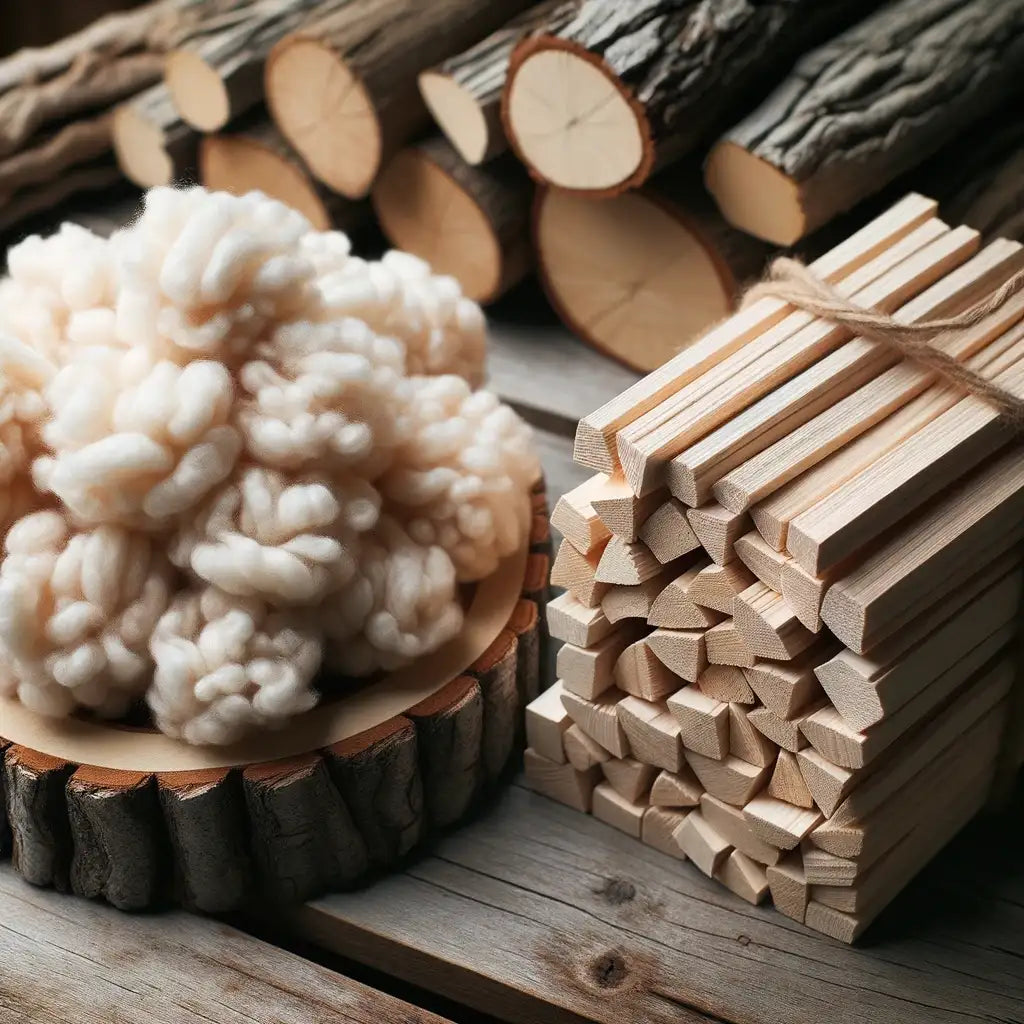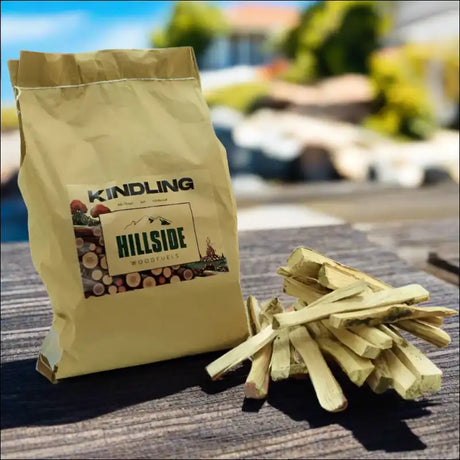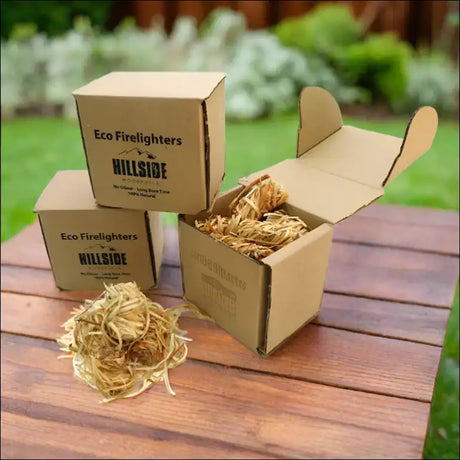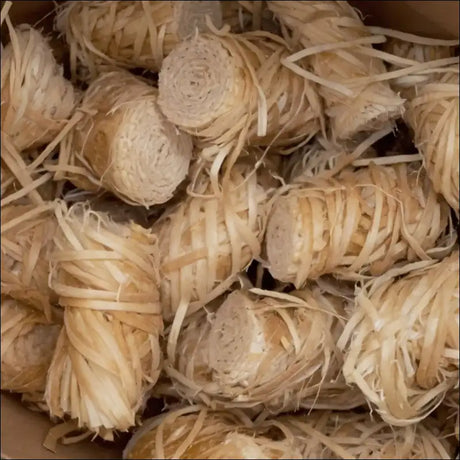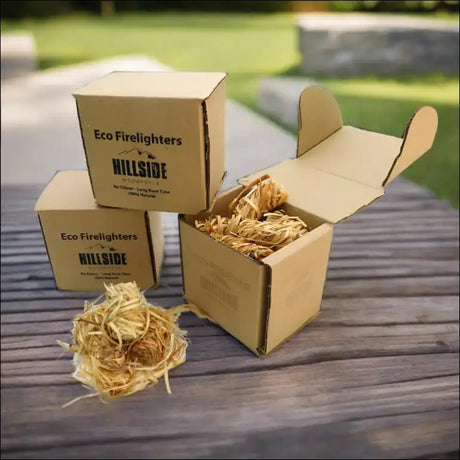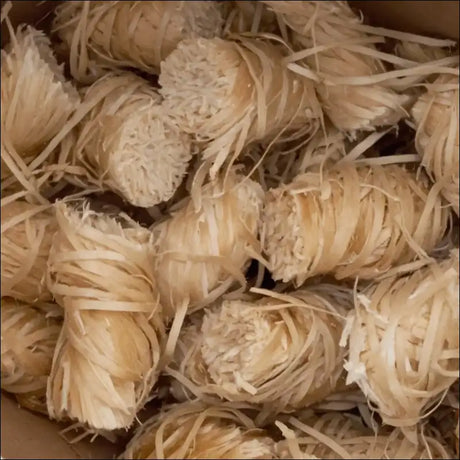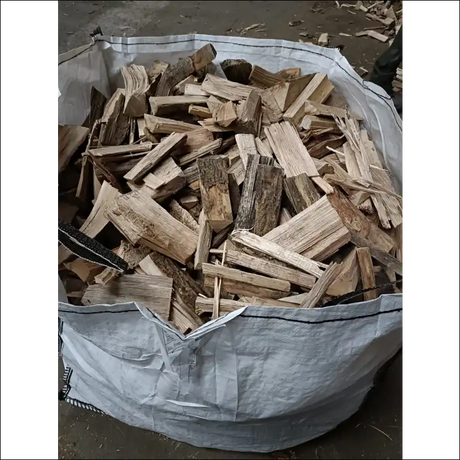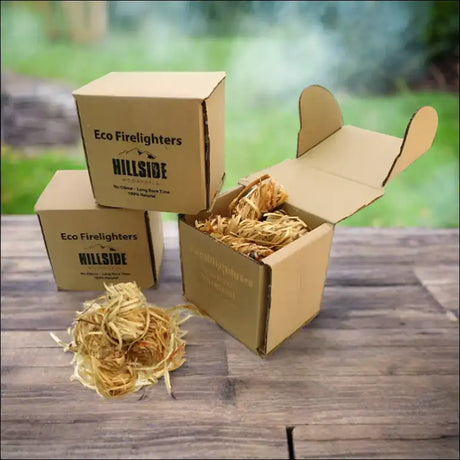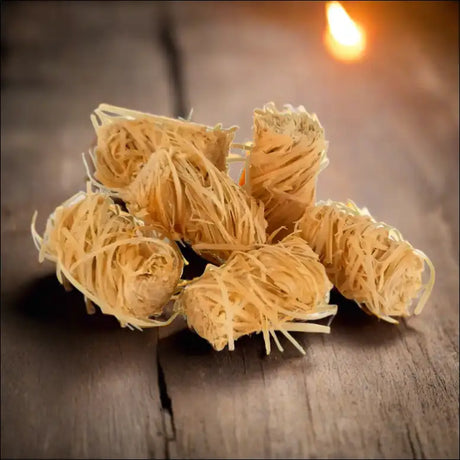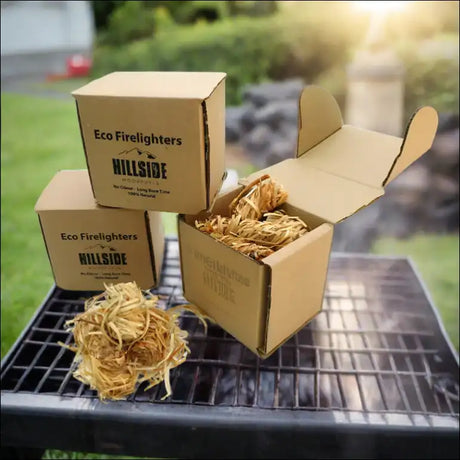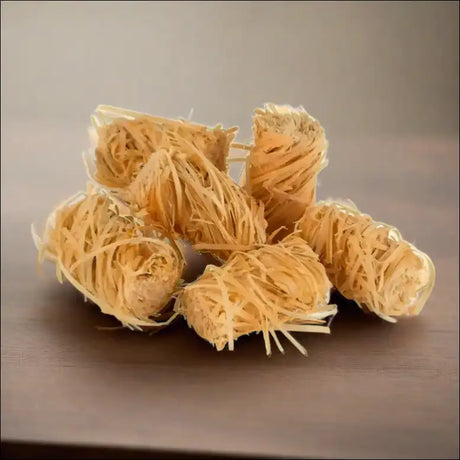What is Kindling?
Kindling is small, dry wood used to start a fire. It is typically made from softwood that catches fire quickly and burns hot enough to ignite larger logs. Kindling is essential for efficient fire starting, making it easier to enjoy a warm fire or a barbecue.
What are firelighters?
Firelighters are small blocks or cubes made from materials like wax or sawdust designed to ignite easily. They are used to start fires without the need for paper or additional kindling. Firelighters provide a convenient and reliable way to get a fire burning quickly and safely.
What is Ash Hardwood Kindling?
Ash hardwood kindling is made from dense, high-quality wood known for its excellent burning properties. It ignites quickly and burns at a consistent, high temperature, making it ideal for starting fires. Using ash hardwood kindling ensures a reliable and efficient fire every time.
What is Wood Wool and How is it Used in Firelighters?
Wood wool is a natural material made from fine, thin strands of wood, often used in firelighters. It is lightweight and highly flammable, making it perfect for quickly igniting fires. Wood wool firelighters are an eco-friendly option that ensures easy fire starting without harmful chemicals.
Are These Products Natural and Organic?
Yes, both our kindling and firelighters are natural and organic. They are made from sustainably sourced wood and do not contain any synthetic materials. Choosing natural and organic fire-starting products helps reduce your environmental footprint.
Do These Firelighters Contain Any Additives or Chemicals?
No, our firelighters do not contain any additives or chemicals. They are crafted from pure wood wool and natural wax, ensuring they are safe for use around food and in enclosed spaces. This makes them a healthier choice for both you and the environment.
How Do Natural Firelighters Compare to Traditional Ones?
Natural firelighters offer a cleaner and more eco-friendly alternative to traditional ones. They do not emit harmful fumes or leave behind chemical residues. Additionally, they are just as effective at igniting fires, ensuring a quick and easy start every time.
What are the Benefits of Using Organic Fire-Starting Products?
Using organic fire-starting products has several benefits. They are better for the environment, as they reduce the release of pollutants and are biodegradable. Additionally, they are safer for your health, as they do not produce harmful smoke or odors when burned.
How Does Ash Hardwood Kindling Improve Fire Starting?
Ash hardwood kindling improves fire starting by providing a steady, high-temperature flame. Its dense composition ensures a longer burn time, allowing larger logs to catch fire more easily. This results in a more efficient and reliable fire-starting process.
Can I Use These Products for Both Indoor and Outdoor Fires?
Yes, our kindling and firelighters are suitable for both indoor and outdoor fires. They are perfect for wood-burning stoves, fireplaces, fire pits, and barbecues. Their natural composition ensures they burn cleanly, making them safe for any setting.
Are These Firelighters Safe to Use Around Food?
Absolutely, our firelighters are safe to use around food. They are made from natural materials without any harmful chemicals, ensuring they do not impart any unwanted flavors or toxins. This makes them ideal for starting barbecues and other cooking fires.
Why Should I Choose Your Kindling and Firelighters Over Others?
Choosing our kindling and firelighters ensures you get high-quality, natural products that are safe and effective. Our ash hardwood kindling and wood wool firelighters provide excellent burning properties without harmful additives. Plus, their eco-friendly nature helps you make a positive impact on the environment.

